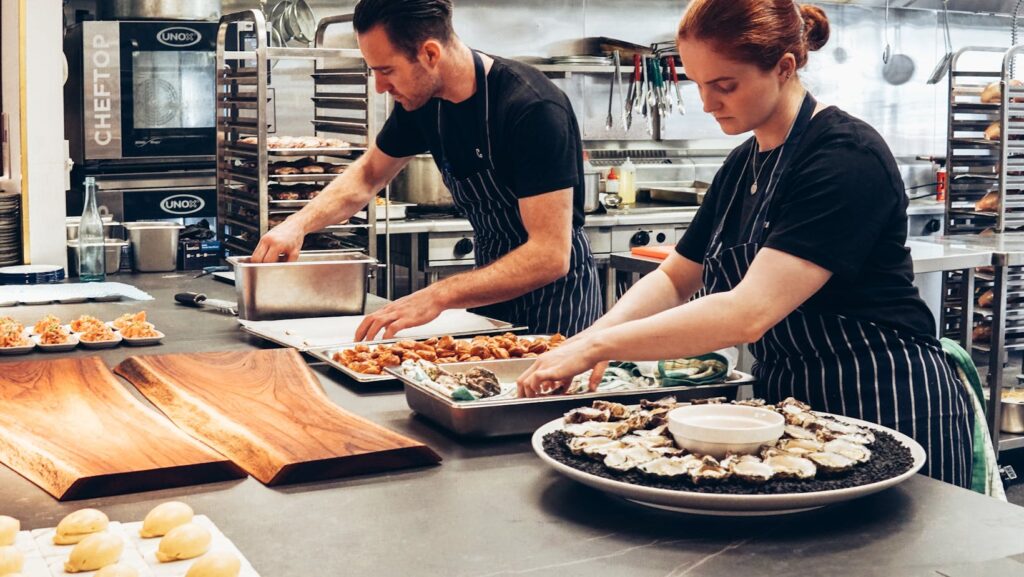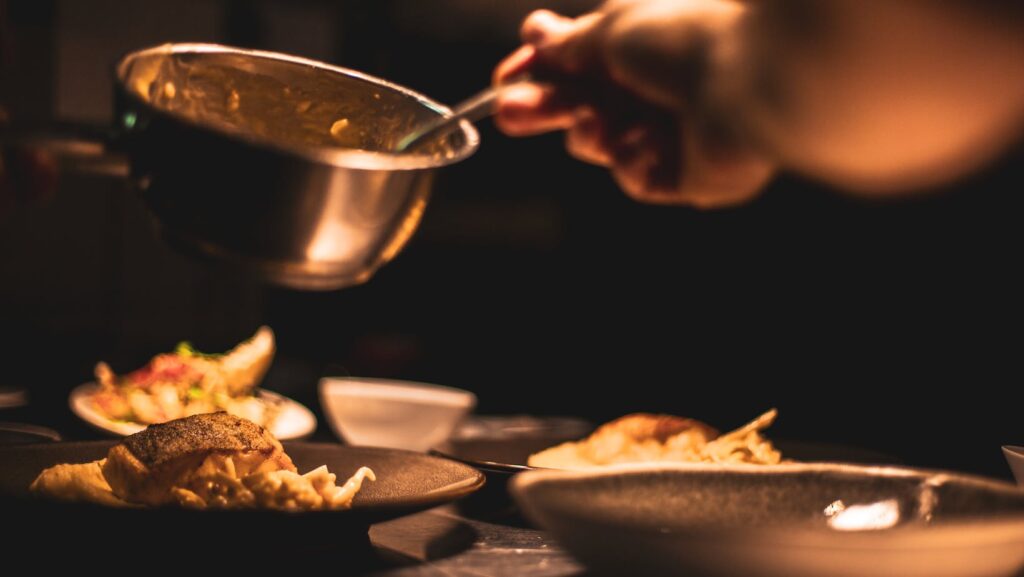Imagine being able to whisk up a velvety hollandaise sauce, perfectly sear a duck breast, or create a mouth-watering Coq au Vin right in your own kitchen. French cooking techniques are the foundation of many culinary traditions, and mastering them can elevate your cooking to new heights.
In this article, we’ll delve into the artistry of French cuisine, uncovering the secrets behind its world-renowned techniques. Whether you’re a seasoned chef or a home cook looking to enhance your skills, this guide will provide you with the knowledge you need to bring a touch of France to your dinner table. Get ready to embark on a culinary journey that will tantalize your taste buds and impress your guests.
French Cooking Techniques
Let’s delve deeper into the world of French cuisine, a realm esteemed for its versatile techniques and unwavering attention to detail. You’re about to embark on an exploration of two paramount French cooking skills: the art of creating sauces and mastering slow cooking.
The Art of Sauces
Renowned for their enchanting flavor profiles, French sauces constitute the backbone of many famous dishes. Leather-bound volumes could be filled just discussing the various kinds on offer. Born from meticulous cooking methods, these sauces add depth and richness to meals. Yet, you don’t require an assembly of exotic ingredients to craft these magic potions. At their simplest, many classic French sauces only require a few basic items from your pantry.
Consider the iconic ‘beurre blanc,’ primarily composed of just butter, white wine, and shallots. This simple, yet divine sauce is a quintessential component of many seafood dishes. Similarly, béchamel, often the star of lasagnas and other pasta dishes, contains just butter, flour, and milk.

Mastery of Slow Cooking
Slow cooking is another essential technique in French cuisine, a testament to the ‘slow and steady wins the race’ mantra. Think of dishes like ‘boeuf bourguignon’ or ‘coq au vin.’ These delicacies demand hours of gentle simmering to fully unlock their flavors. Yet, despite the long cooking time, the actual hands-on time required is surprisingly minimal.
The beauty of slow cooking lies in its ability to transform even the toughest cuts of meat into tender delicacies. For instance, boeuf bourguignon features beef chuck, a cut that’s notoriously tough. Yet, after hours of gentle simmering in a rich red wine sauce, this meat transforms into a dish that’s luxuriously tender and tantalizingly flavorful.
Key Techniques in French Cuisine
The journey continues. Having explored the crafting of sumptuous French sauces and slow-cooked delights, you’ll now gain insight into two more crucial components of French cooking: Sautéing and pan-frying, along with poaching and steaming.
Sautéing and Pan-Frying
Immerse yourself in the world of fast, high-heat cooking with the French techniques of sautéing and pan-frying. “Sauté” is, in fact, a French word that means to “jump” — a fitting description of how ingredients behave when cooked this way. In sautéing, foods (often proteins or vegetables) are quickly cooked in a small amount of fat over high heat, achieving a sear that locks in flavor and keeps the ingredients moist. Think of sautéed mushrooms or pan-fried steak, both popular in French bistros.
For pan-frying, a slight variation of sautéing, you’ll usually use a bit more fat and cook the food for a longer time. Foods typically pan-fried include items like poultry, fish fillets, or potato dishes such as ‘pommes Anna’. Both these techniques contribute to the rich flavors and textures you find in French cuisine.

Poaching and Steaming
Venture next into the realm of gentle cooking methods — poaching and steaming. In poaching, food items, often delicate ones like eggs (‘oeufs pochés’), fish (‘poisson poché’), or fruit, are submerged in a simmering liquid until cooked. The poaching liquid, usually a flavorful broth or wine, imbues the food with immense flavor without damaging its texture.
Then there’s steaming, a method celebrated for its ability to preserve nutrients lost in other cooking methods. It’s often used for seafood and vegetables, as in ‘moules marinières’ (steamed mussels) or steamed asparagus served with hollandaise sauce. These methods highlight the French culinary philosophy of enhancing the natural flavors of the ingredients, always allowing them to shine.
Remember, cultivating your proficiency in these techniques won’t happen overnight. It takes practice, but before you know it, you’ll be preparing dishes with Gallic flair in your own kitchen.
It’s clear: French cooking is a dynamic, evolving tradition that seamlessly marries the old with the new. Whether you’re a home cook or a professional chef, these techniques offer endless opportunities to create dishes that are as flavorful and diverse as the French culinary landscape itself.
